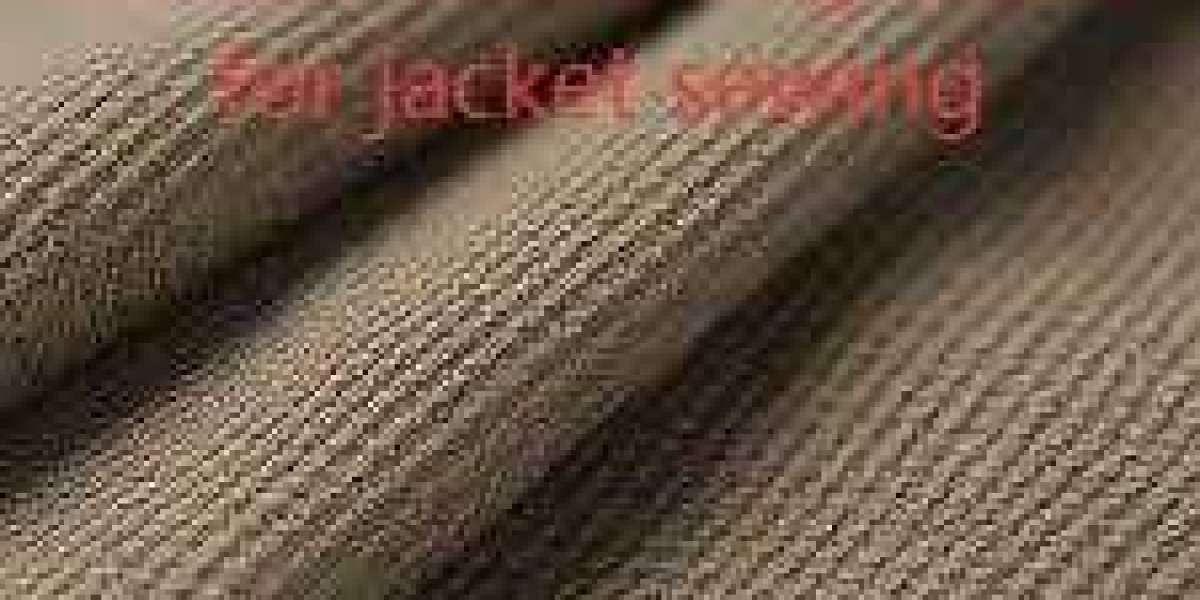High-quality Interlining is essential in modern garment production, offering structural support, shape retention, and improved comfort, while proper Interlining ensures long-lasting garments that maintain their intended form and aesthetic appeal. From tailored jackets to delicate blouses, selecting the right material is key to balancing durability, flexibility, and visual appeal, ultimately elevating the overall quality of apparel and improving wearer satisfaction.
Material Types and Characteristics
Garment construction relies on various fabric options that differ in texture, weight, and stiffness. Woven fabrics provide firm support, ideal for collars, cuffs, and structured jackets. Non-woven materials offer uniform thickness and flexibility, making them suitable for soft garments like shirts and dresses. Knitted options provide stretch and recovery, supporting designs that require movement without compromising shape. Understanding these characteristics helps manufacturers select materials that meet functional and aesthetic needs.
Manufacturing Techniques and Consistency
The production process involves careful fiber selection, bonding, and finishing techniques to ensure uniformity and durability. Heat-setting, calendaring, and chemical treatments enhance strength, adhesion, and stability. Regular quality inspections guarantee consistent performance across multiple batches, preventing variations that could affect the final garment. Attention to these processes ensures that garments retain their shape, resist wear, and meet high-quality standards.
Application Methods for Different Garments
Correct integration of support fabrics is crucial for achieving optimal results. Techniques include thermal bonding, stitching, or adhesive fusion, each suitable for specific garment types. Proper placement prevents puckering, warping, and deformation, especially during washing or daily wear. Considering fabric compatibility, thickness, and seam alignment ensures the final product maintains its intended silhouette, fit, and comfort, ultimately improving overall durability and appearance.
Trends in Modern Apparel
Contemporary fashion emphasizes lightweight, breathable, and sustainable materials that do not compromise performance. Eco-friendly fibers, reduced chemical processing, and recyclable components are increasingly popular. Innovations include stretchable and fusible materials, offering designers more versatility without sacrificing garment integrity. These trends allow manufacturers to meet consumer demand for garments that are functional, stylish, and environmentally responsible.
Storage, Handling, and Quality Maintenance
Proper storage preserves material integrity prior to garment assembly. Materials should be kept in cool, dry environments, protected from moisture, dust, and deformation. During handling, care must be taken to prevent wrinkling or contamination. Following recommended practices ensures long-term durability, maintains the intended structure, and reduces the likelihood of defects during production or wear.
Selection Guidelines and Best Practices
Selecting the right fabric requires evaluating garment type, intended use, and end-user preferences. Testing for flexibility, adhesion, and wash resistance ensures durability and functionality. Proper planning, from material selection to integration methods, results in garments that retain shape, comfort, and aesthetic appeal. Attention to detail at every stage of production ensures high-quality, reliable clothing that meets both designer and consumer expectations.For more information on material types, applications, and best practices, visit https://www.interlining-factory.com/news/what-is-interlining-types-applications-and-more.html







